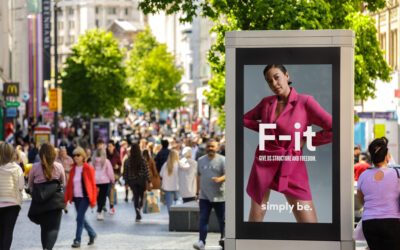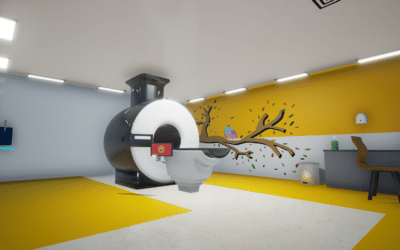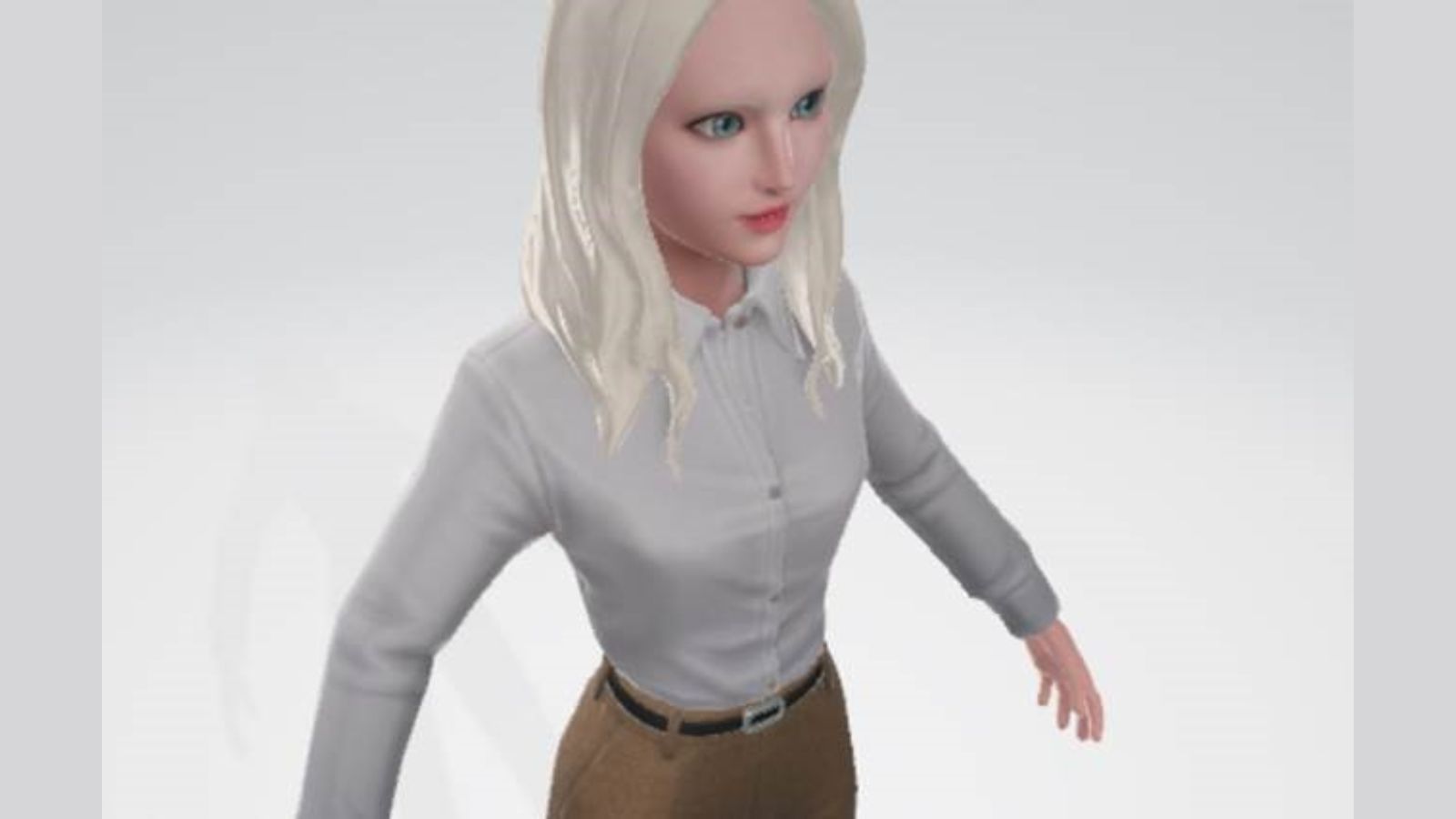If you’ve seen the ‘creepy’ ads, you’ll know the metaverse is here. Sort of. While some big (and some smaller) brands are displaying symptoms of FOMO, others have decried its current technical fitness for purpose. Laura Weldon, creative director at branding agency Studio LWD, explains the opportunities for brands with the metaverse and how to plan for the future.
First up, if you’re late to the party, what is the Metaverse exactly? Isn’t it just a virtual reality world where Mark Zuckerburg hangs out? Kind of, but not really. In simple terms, the metaverse is a digital experience on the internet that is persistent, immersive and three-dimensional. In other words, it’s a virtual world that is open permanently on the internet.
It’s important to understand though that the metaverse is more of a concept than a single place like the Matrix. It’s more like a collective term for websites that work in 3D, where you can interact with other users. Each metaverse environment provides a virtual world with its own access permissions, memberships, monetisation, design styles, navigation formats and general rules of engagement.
However, there’s currently quite a big gulf between what the metaverse is now, and what it will be. Based on current evidence, it’s very difficult to know if it’s the true future of the internet, or the tech industry’s Sinclair C5 (or Google Glass for younger readers).
Certainly Microsoft and Meta are pumping a huge amount of dollars into developing it into the first of these above. There are also a multitude of tech start-ups racing across the plains to the goldmine, developing supporting technologies and apps.
But for the most part, the metaverse experience right now feels pretty, well, Beta.
Decentraland, for instance, is a complete 3D virtual world, where users can create virtual structures and environments and charge other users to visit them, paying by blockchain currency. If that conjures images for you that are like Ready Player One or Free Guy, think again. Currently metaverse aesthetics are more Wii Golf or Minecraft.
But that isn’t putting the big brands off getting involved. At the time of writing, Samsung has a virtual store in Decentraland, while users can play a “fun” maze game linked to Netflix movie, The Grey Man. Sotheby’s also recently announced its own metaverse gallery for curated virtual art, housed in Decentraland.












